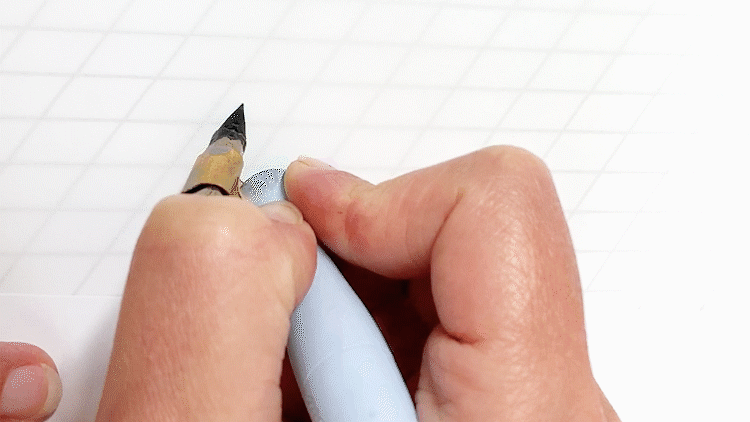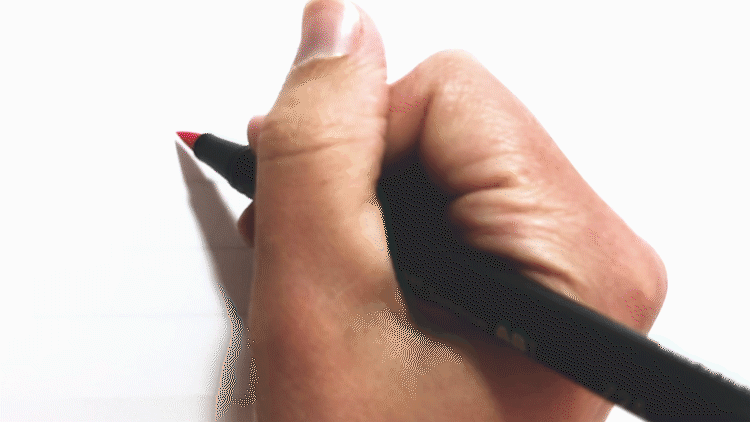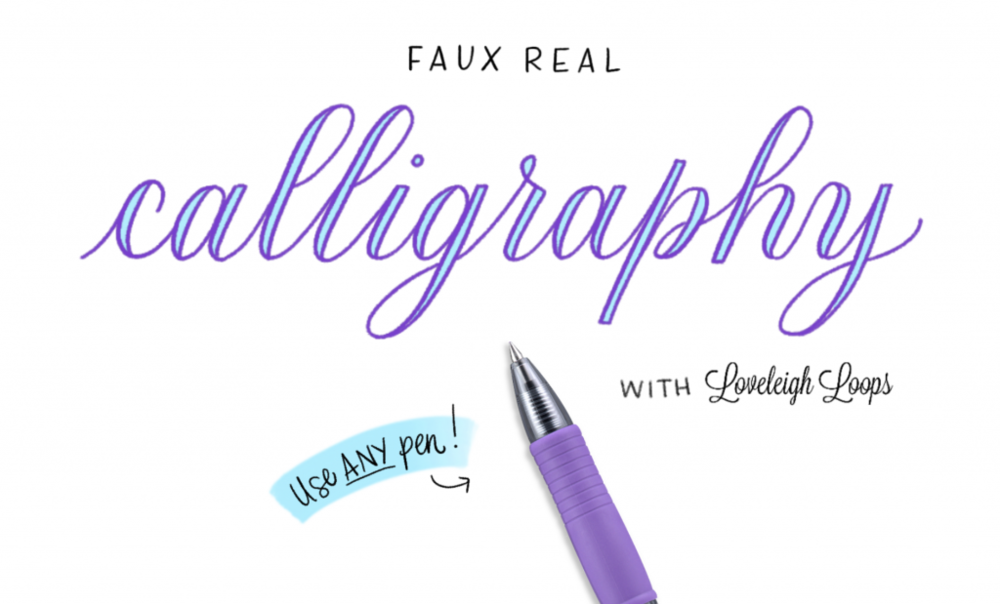
CALLIGRAPHY PRACTICE TIPS
You can follow these five calligraphy tips to stay on top of your calligraphy practice and ensure continuous improvement.
1. Start learning with the right supplies
Would-be calligraphers often abandon their interest in the art after they try out cheap, readymade calligraphy kits. It’s important to remember, though, that kit manufacturers generally compromise material quality to make a profit. Oftentimes, the supplies included in these kits aren’t well suited for beginners! Plastic oblique pens can lead to unnecessary frustration, and high-flex nibs result in ink spatters and pressure exertion issues. Also, paper matters so much! Ordinary printer paper soaks up ink like crazy, which results in fuzzy, unclear strokes.
2. Gradually add to your calligraphy collection
Once you have mastered calligraphy with the basic supplies, you’re ready to start growing a collection. There are all sorts of nibs, inks, papers, and pens out there! A word of caution: resist the temptation to buy a lot of things at once. Instead, add to your collection with intention. Acquire just a few supplies every so often, and allow yourself some time to get acquainted with those supplies.
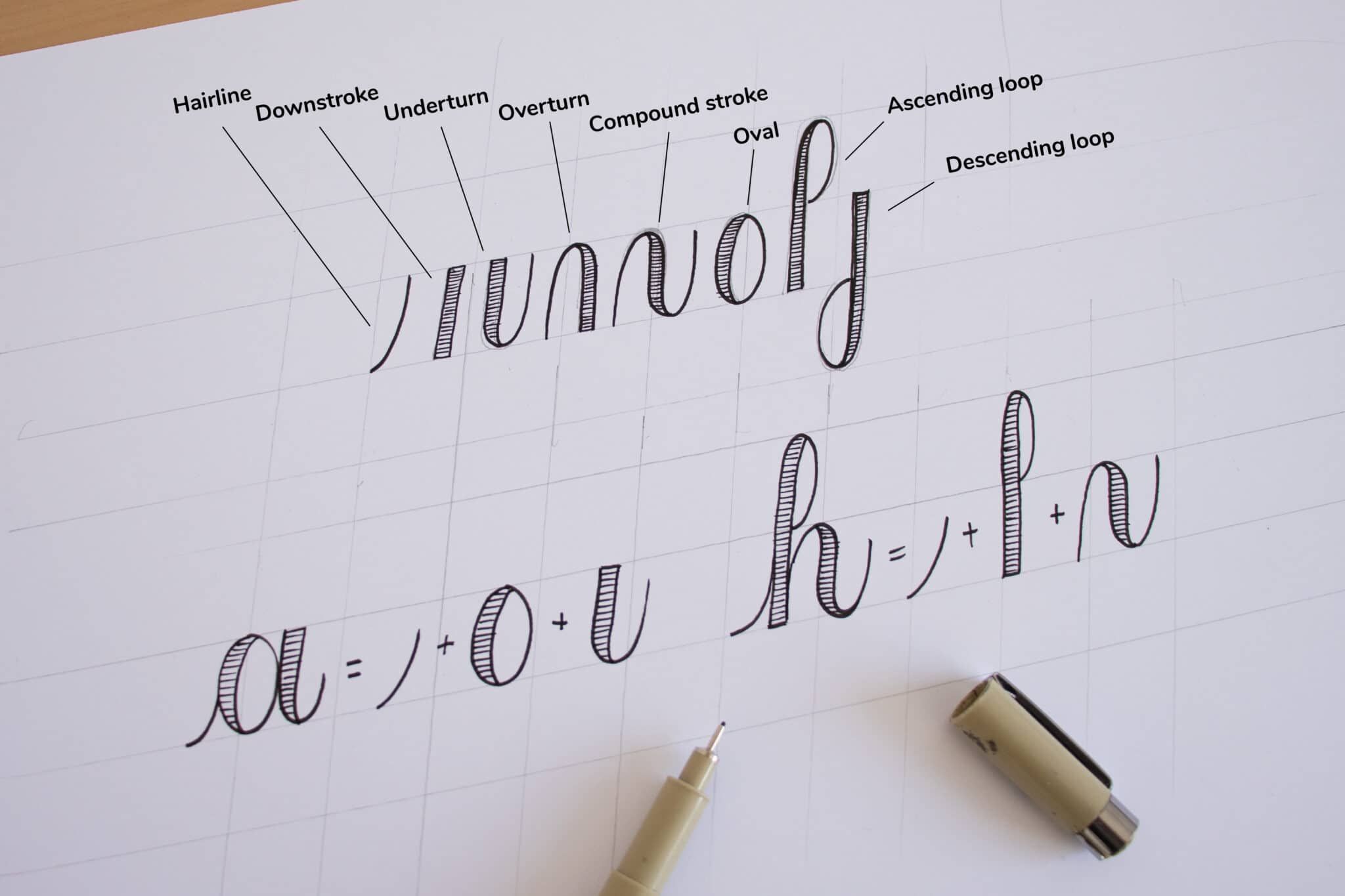
3. Embrace birthdays and holidays as practice opportunities
Birthdays and holidays are an amazing motivator to create some of your best work! There’s a big incentive in making someone you care about feel special with handmade work. Plus, you have a deadline — which is helpful to those of us who aren’t so great at finishing projects!
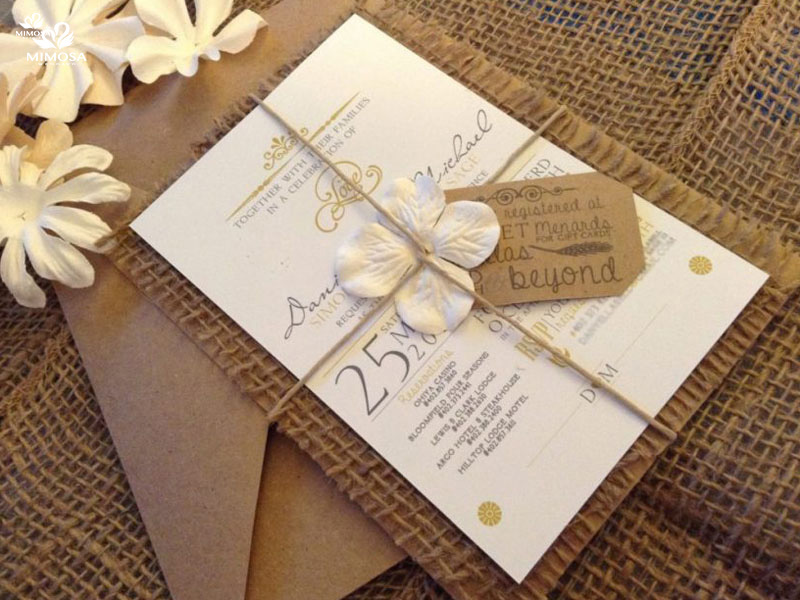
4. Don’t Let the Pros Discourage You
I post on Instagram every day, and many times, I’ll receive self-depreciating compliments from people that make me cringe. Comments like “I could never do that,” pop up a lot. Those sorts of comments make me worry that people will get discouraged and stop trying. I mean, truly: I want you to remember that, first of all, everyone starts somewhere. Every single calligrapher was once at your skill level.
5. Take photos
As you create more and more calligraphy, your skill level will improve. It happens so gradually, though, that it’s difficult to notice. Keeping a photographic record helps you to clearly see your progress!
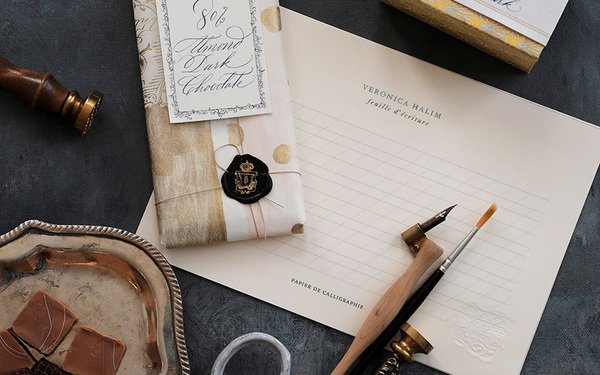
DIFFERENCE BETWEEN TRADITIONAL AND MODERN CALLIGRAPHY
While both forms of calligraphy look like stylistic hand-written letters from the exterior, you need to look closer into the details. This will enable you to mark out stark differences that exist between the modern and the traditional forms of calligraphy. These differences have been summarized in the bullets given below:
- Traditional calligraphy is more sophisticated and elegant to look at. Modern calligraphy, on the other hand, is whimsical and fun.
- Strict rules need to be followed while writing traditional calligraphy styles. Modern styles of calligraphy, however, encourage people to intentionally break these preset rules and have fun with the script and letter styling.
- Traditional calligraphy usually has a more slanted script, while the slant in modern styles of the same is more upright.
- Traditional and basic letterforms are used while writing the traditional forms of calligraphy. Modern calligraphy allows the usage of modern letterforms that incorporate loops, exalted ascenders, and dipping descenders.
- Traditional calligraphy is ripe with a rich history as it is a style that has existed for many centuries and has stood strong against the test of time. Modern styles of calligraphy are more recent and have become hugely popular owing to social media and growing trends.
- Traditional calligraphy uses equal spacing, consistent angles, and lines. On the other hand, modern calligraphy uses letter proportions that best suit the style of the artist. These shapes, sizes, lines, and angles can change according to the artists’ tastes and preferences.
- The traditional style uses a more neutral color palette, while the modern style uses a brighter range of colors.
- Pointed pens are the most common tools used to create traditional calligraphy. Modern calligraphy can be created using digital mediums and brush pens.
Irrespective of which style you prefer, both these styles of calligraphy are immensely beautiful. While one takes a restrained approach, the other one is more free-flowing, but both are equally alluring. It is important that modern calligraphers indulge themselves in the freedom that modern calligraphy offers to them. However, they should not forget the foundations that traditional calligraphy has set through time. It is these very foundations that have allowed calligraphy as a style to evolve and remain relevant for so many years. Therefore, both need and deserve to be celebrated in their own unique regards.
